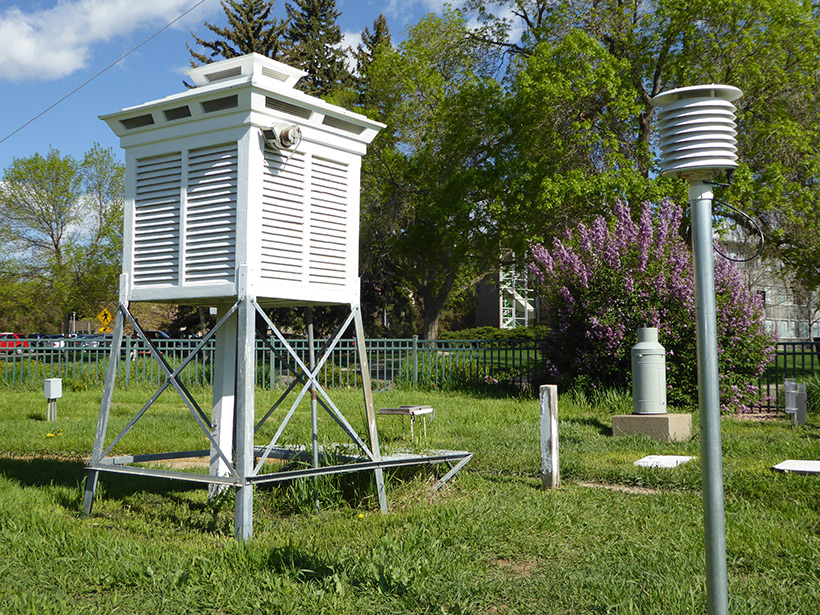Source: Journal of Geophysical Research: Atmospheres
The difference between the daily maximum and minimum temperatures in a given location, a measure known as the diurnal temperature range (DTR), is an important index of climate change. DTR trends have significant implications for human health, as well as ecological and agricultural applications. Previous studies examining trends in the differences between temperature minima and maxima, however, have been based upon raw data or data that may not have been uniformly collected or processed, leading the authors of the Intergovernmental Panel on Climate Change’s Fourth Assessment Report to acknowledge that reported changes in DTR trends were a key uncertainty in climate projections.
The lack of dedicated investigations on this topic between the panel’s fourth and fifth assessment reports prompted Thorne et al. to carry out two studies of large-scale changes in global average DTR. They have published two papers; the first takes advantage of innovations over the last decade to create new estimates of long-term DTR changes at both global and regional scales, whereas the second paper compares these results with those from a broad range of independent global data sets with information about DTR changes.
Both studies conclude that the global average DTR has declined significantly over land since 1950 and that the majority of this decrease occurred between 1960 and 1980. Evidence of this decline is consistent regardless of which data set or processing methodology is used, according to the results of the second paper.
This decrease, however, has not been linear and is only about half as large as the raw data suggest, according to the revised estimates in the first study, which applied a new algorithm to updated data from the International Surface Temperature Initiative. The authors attribute this gap to the homogenizing effects of the data-processing techniques, which can substantially influence results, particularly in data-sparse regions, according to the second study. Prior to 1950, they noted substantial disagreement between the data sets, preventing any meaningful conclusions about DTR trends prior to the mid-20th century.
To decrease uncertainty and optimize the results of future analyses, the researchers argue that efforts should be made to recover and digitize daily maximum and minimum temperature records for stations and periods of time for which only mean temperature records currently exist, as well as for regions with limited data. (Journal of Geophysical Research: Atmospheres, doi:10.1002/2015JD024583 and doi:10.1002/2015JD024584, 2016)
—Terri Cook, Freelance Writer
Citation:
Cook, T. (2016), Toward a reassessment of daily temperature range trends, Eos, 97, https://doi.org/10.1029/2016EO052735. Published on 23 May 2016.
Text © 2016. The authors. CC BY-NC-ND 3.0
Except where otherwise noted, images are subject to copyright. Any reuse without express permission from the copyright owner is prohibited.

